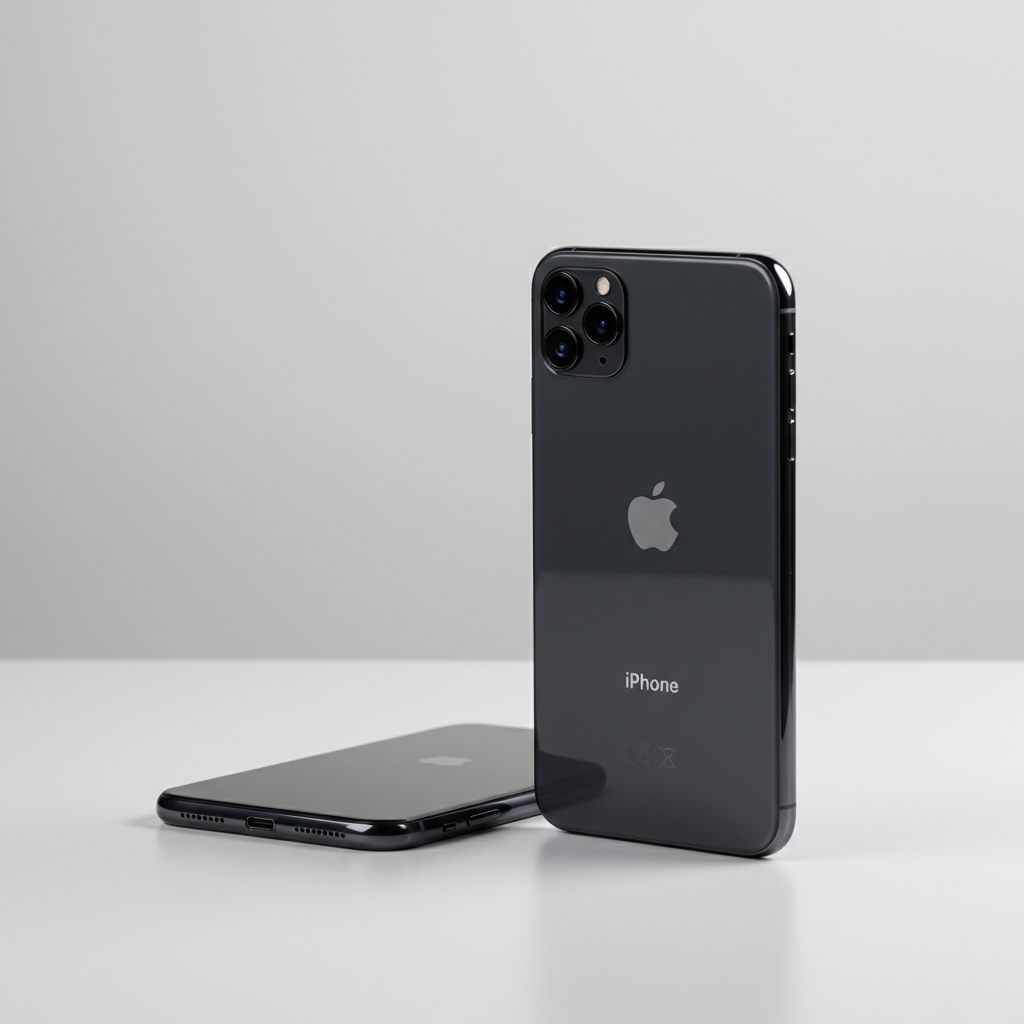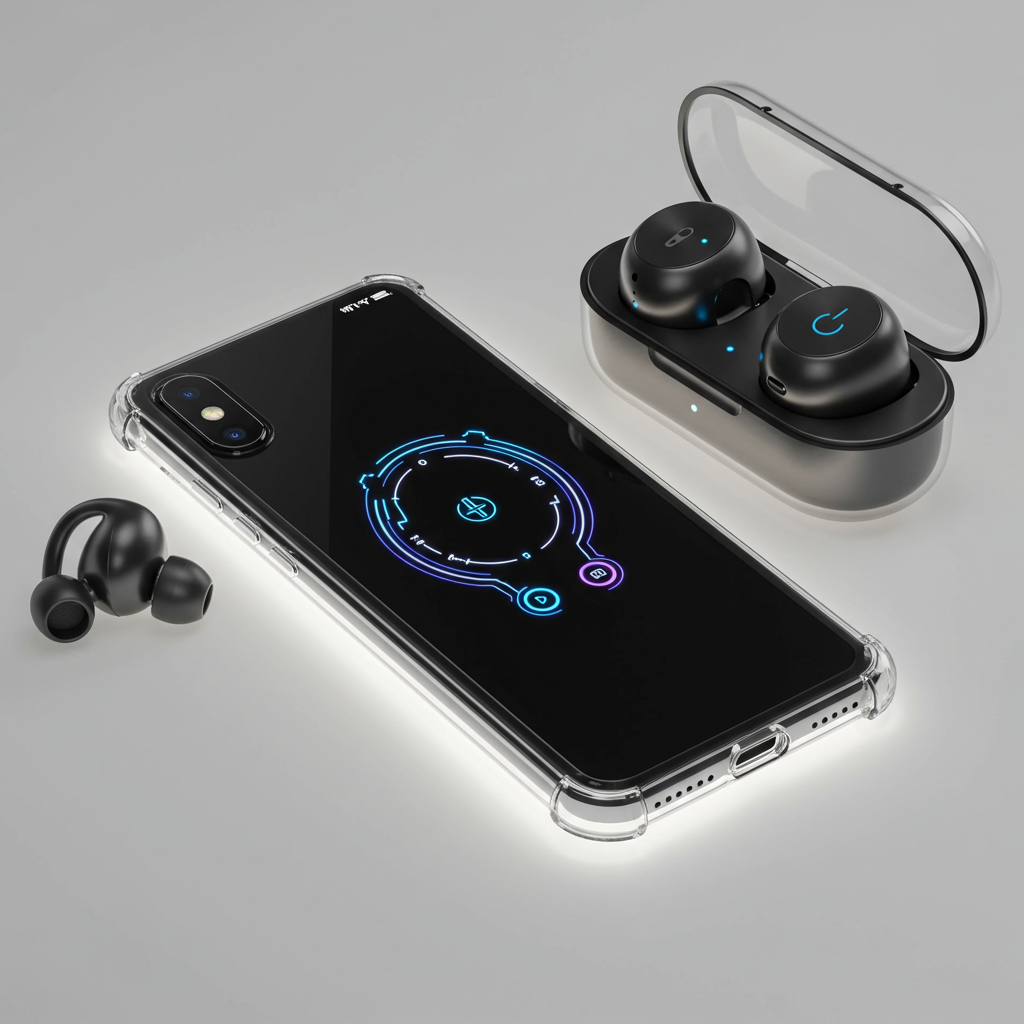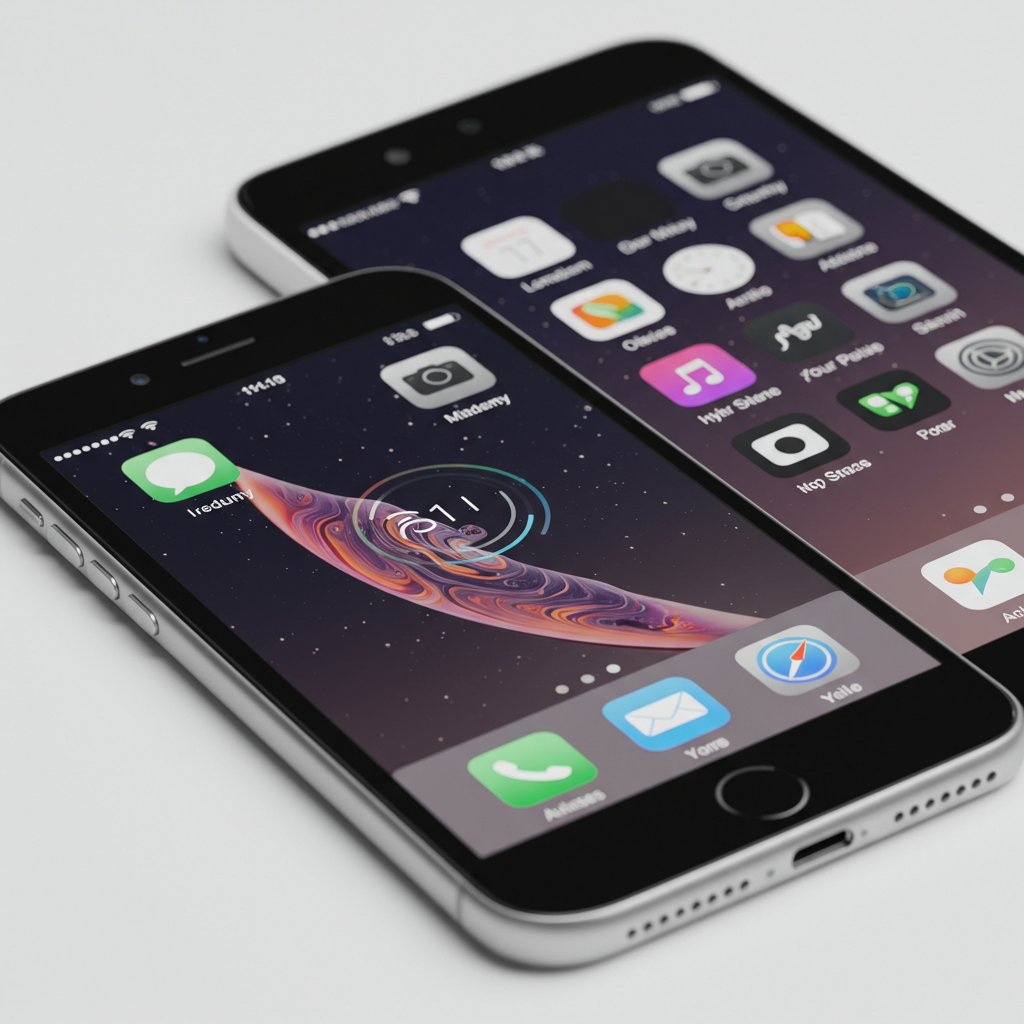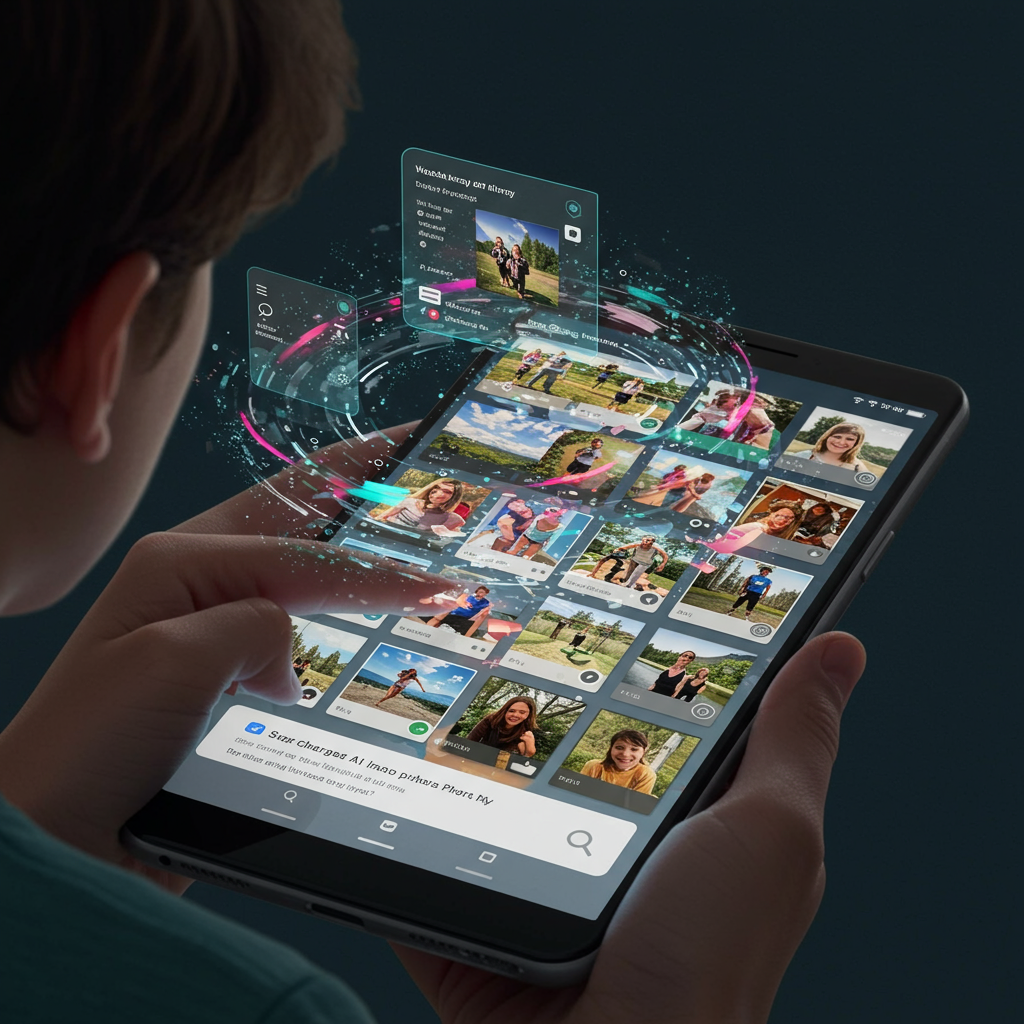Ready for an iPhone upgrade? Before you automatically eye the latest Pro model, consider this: you might be about to significantly overspend on features you simply won’t use. While the iPhone 16 Pro and its Pro Max sibling are undeniably powerful and among the best smartphones money can buy, they cater to a specific user. For the vast majority of iPhone owners, the standard iPhone model offers a premium experience without the premium price tag.
This isn’t to diminish the engineering marvel of Apple’s top-tier phones. They are packed with cutting-edge technology. However, there seems to be a widespread misunderstanding about who truly benefits from these advanced capabilities. The Android market often sees wider adoption of capable mid-range phones, yet many iPhone users seem drawn directly to the highest-cost option. Let’s explore why the standard iPhone often makes more sense for the average consumer.
Pro Power: Impressive, But Is It Necessary?
It’s easy to be seduced by the features list of a Pro iPhone. The 120Hz ProMotion display, for example, offers incredibly smooth scrolling and responsiveness, a noticeable upgrade from the standard 60Hz screen. The titanium build on the latest Pro models feels premium and offers enhanced durability – tempting if you prefer going caseless or are prone to drops. And the Apple A18 Pro chip inside the Pro models is a performance beast, slightly outpacing the standard A18 chip in benchmarks and designed to handle the most demanding tasks, including next-generation Apple Intelligence features.
These are genuinely appealing enhancements. But are they worth the significant price jump? The Pro models typically command a premium of at least $200 / £200 / AU$250 over the standard iPhone. For many users, the difference between a 60Hz and 120Hz display, while noticeable, doesn’t fundamentally change their daily phone experience. Similarly, while titanium is robust, most users protect their expensive investment with a case anyway. And for everyday apps, browsing, and even most gaming, the standard iPhone’s A18 chip provides ample power, also supporting core Apple Intelligence functionalities.
The Camera Question: More Than Just Lenses?
The primary driver for the Pro iPhone’s higher cost is arguably its camera system. The triple-sensor array on the iPhone 16 Pro and Pro Max, featuring a 48MP main, 48MP ultrawide (with autofocus enabling macro shots), and a dedicated 12MP telephoto lens offering 5x optical zoom (a feature now common to both Pro models), is exceptional. Add features like Apple ProRaw and the ability to shoot video in LOG format, and you have a setup designed for maximum flexibility in professional workflows.
However, here’s where the disconnect lies for many buyers. The standard iPhone 16 boasts a highly capable dual-camera system with a 48MP main sensor and a 12MP ultrawide. Thanks to Apple’s sophisticated computational photography, which processes images behind the scenes, it’s incredibly difficult for the average user to take a truly “bad” picture with this setup. The photos are vibrant, detailed, and consistent.
Unless you are a professional photographer, serious videographer, or content creator who plans to heavily edit your photos and videos in specialized software, the ProRaw and LOG formats are simply overkill. The 5x telephoto lens is fantastic for zooming in, but is it a feature you’ll use daily or even weekly compared to the main and ultrawide lenses already on the standard model? For most memories and social media posts, the standard iPhone’s camera is more than sufficient.
The Real Magic: Why iOS Reigns Supreme
Obsessing over hardware specs can sometimes overlook the most crucial element of the iPhone experience: the software. iOS is renowned for being intuitive, easy to use, and brilliantly designed. From the simple navigation to the cohesive ecosystem of apps and services, the software is a major reason why people stick with Apple.
And the best part? This core iOS experience is consistent across recent iPhone models. Whether you’re using the latest iPhone 16 Pro Max or an iPhone 15 from the previous generation, you get the same access to the App Store, iCloud, iMessage, FaceTime, and the smooth, reliable operating system. Even models like the iPhone 14 or the more budget-focused iPhone 16e (which essentially updates the iPhone 14 design with a newer chip) offer this fundamental iOS benefit, albeit with varying degrees of hardware capability and feature sets.
Smarter Spending: The Case for the Standard iPhone (and Beyond)
For most people, the standard iPhone 16 (or even the iPhone 15 if you find a good deal) represents the sweet spot. You get a modern design with features like the Dynamic Island (on 15/16), USB-C charging, a powerful A-series chip capable of handling any app you throw at it, Apple Intelligence compatibility, and a camera system that takes stunning photos for everyday sharing – all for hundreds less than the Pro model.
While entry-level options like the iPhone 16e exist, they come with compromises like a 60Hz screen, a notched display design (a throwback), and notably, often lack popular modern features like MagSafe wireless charging, which some users find essential. Similarly, older models like the iPhone 14 offer value at a lower price point ($599), but miss out on Dynamic Island, USB-C, and the improved 48MP main camera found on the 15 and 16.
By opting for the standard iPhone 16 at $799 (or an iPhone 15 around $699), you still get a fantastic, high-performing device that excels at all the core smartphone functions. This smart choice frees up budget that could be better invested elsewhere within the Apple ecosystem.
Maximizing Your Ecosystem
Instead of overpaying for Pro features you might not use, consider putting that saved money towards other Apple products that enhance your overall digital life. A pair of AirPods Pro 2 can revolutionize your audio experience with noise cancellation and spatial audio. An Apple Watch SE 2 adds convenient notifications, fitness tracking, and safety features directly to your wrist. Investing in these complementary devices often provides more tangible value and enhances the interconnected Apple experience more than a slightly better camera or a smoother screen refresh rate on a phone you primarily use for social media, messaging, and calls.
Ultimately, the best iPhone for you isn’t necessarily the most expensive one. It’s the one that meets your actual needs and budget without unnecessary bells and whistles. For the vast majority of users, the standard iPhone delivers the core iOS experience and capable hardware required for daily life, leaving the Pro models for the professionals and enthusiasts who can truly leverage their advanced features. Make an informed choice, and you might find the standard iPhone is more than enough.




